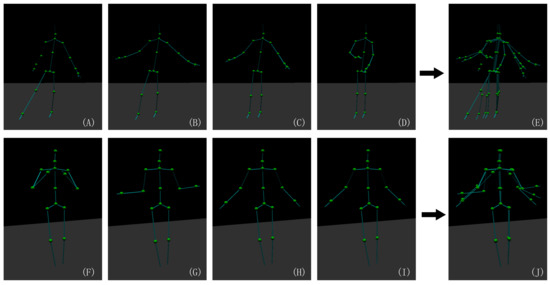

With a position keyframe selected in the Timeline, drag the round handles out to change the shape of the motion path.Ī seleção de uma região altera o idioma e/ou conteúdo em.Right-click on any selected keyframes and choose Keyframe Assistant > Easy Ease to change the motion from the robotic-looking linear motion setting to a motion with a more natural appearance that eases in and out of the keyframes.Once you have recorded the first keyframe on a parameter, move the current-time indicator to any other frame in the Timeline and change that setting to a different value to automatically create a new keyframe.Īdjust the speed of the animation in or out of keyframes.Move the current-time indicator based on your desired timing for the animation Adjust the speed of the animation in or out of keyframes. The keyframe will be placed at the location of the current-time indicator. So if you want your object to smoothly scale up, organically turn transparent, or have lifelike rotation, just use this same technique. While this tutorial is specifically focused on animating the position of your layer, you can literally keyframe any parameter in After Effects. If not, hit the small box between the two arrows located to the left of the word ‘Position’ in the transform menu. Click the stopwatch next to a parameter to record a keyframe. By default, After Effects should have set a keyframe.Reposition or adjust the layer in the composition for your first keyframe by scrubbing any parameter on the layer in the timeline or dragging an object in the composition.Continue to twirl open any subsequent arrows revealed to open specific groups of parameters, such as the transform properties. Open the parameter you would like to animate by clicking the arrow to the left of the layer name.Select the layer you would like to animate.What you learned: How to record and edit keyframes, change keyframe interpolation, and adjust the motion path


 0 kommentar(er)
0 kommentar(er)
